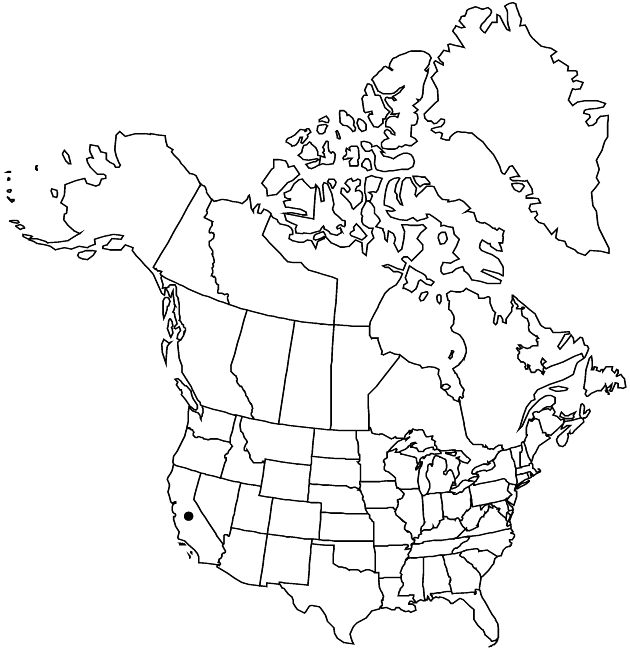Ericameria parryi var. imula
Phytologia 75: 89. 1993.
Common names: Low rabbitbrush
Basionym: Chrysothamnus parryi subsp. imulus H. M. Hall & Clements Publ. Carnegie Inst. Wash. 326: 200. 1923
Revision as of 18:41, 24 September 2019 by FNA>Volume Importer
Plants 10–20 cm. Leaves crowded, gray; blades 1-nerved, spatulate to linear-spatulate, 10–15 × 2–3 mm, faces densely tomentose, eglandular; distalmost not overtopping arrays. Heads usually 3–5 in ± racemiform arrays. Involucres 10–12 mm. Phyllaries ca. 16, chartaceous, apices erect (outer sometimes herbaceous, reddish), abruptly acute. Florets 10–18; corollas 10–12 mm, tubes glabrous or sparsely villous, throats ± abruptly dilated, lobes 1.4–1.5 mm. 2n = 18.
Phenology: Flowering late summer–fall.
Habitat: Dry flats and yellow-pine forests
Elevation: 2000–2200 m
Discussion
Variety imula is known only from southern San Bernardino County.
Selected References
None.
Lower Taxa
None.
